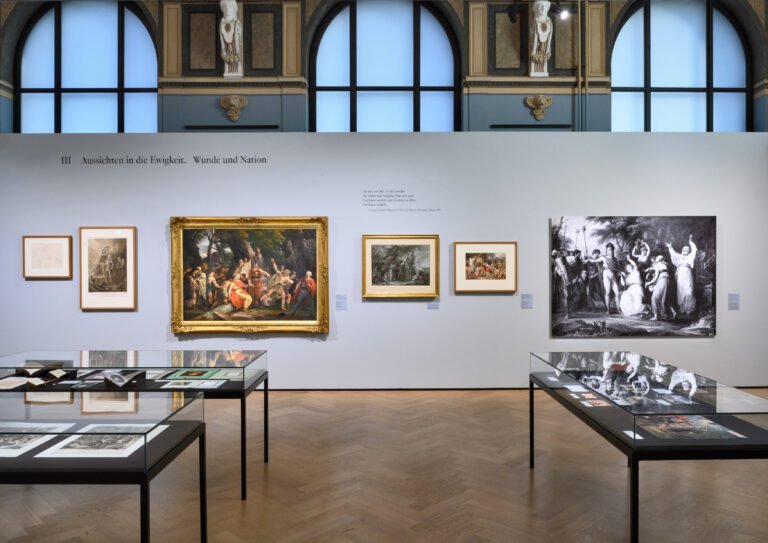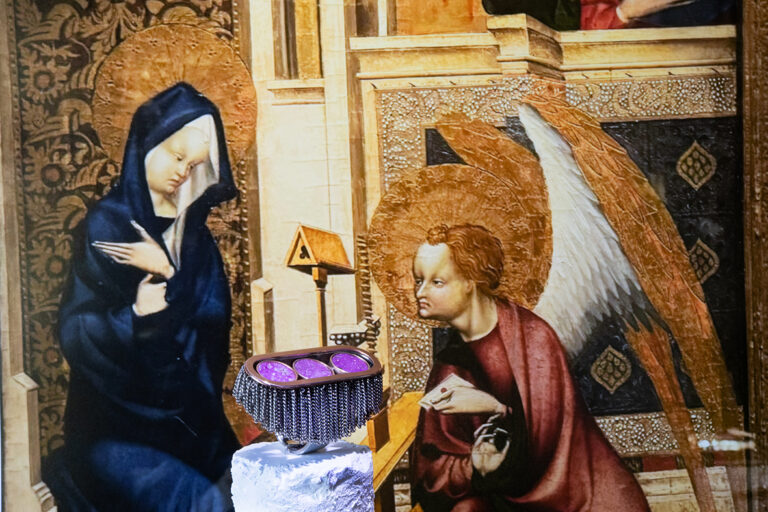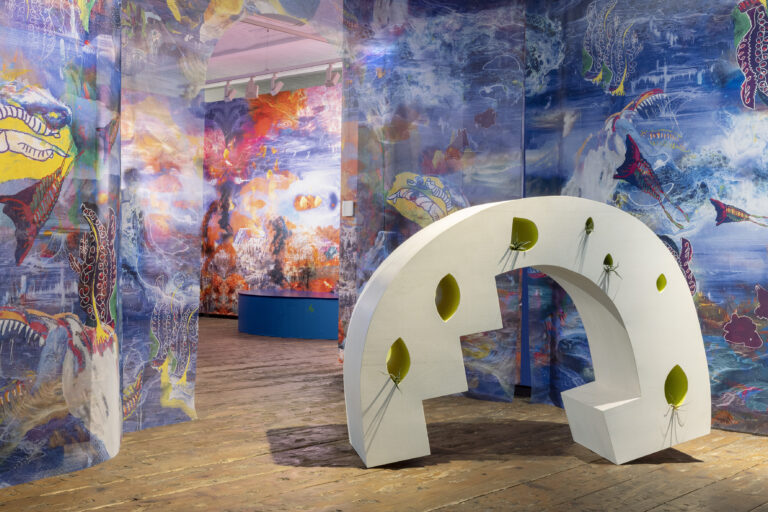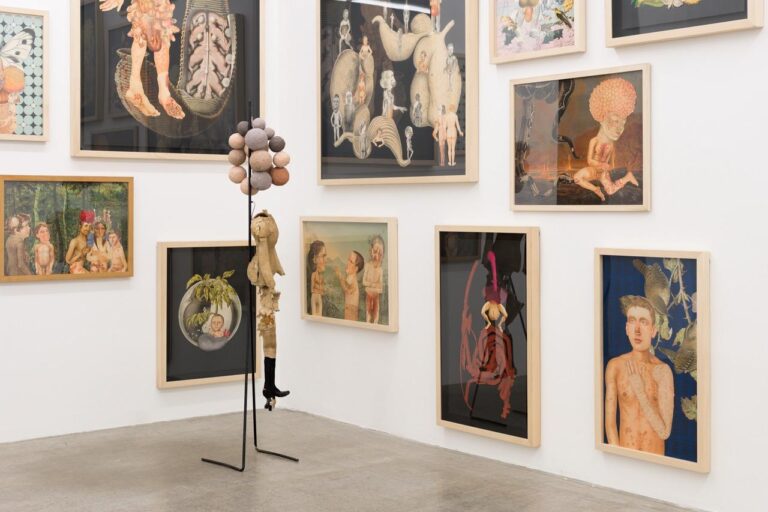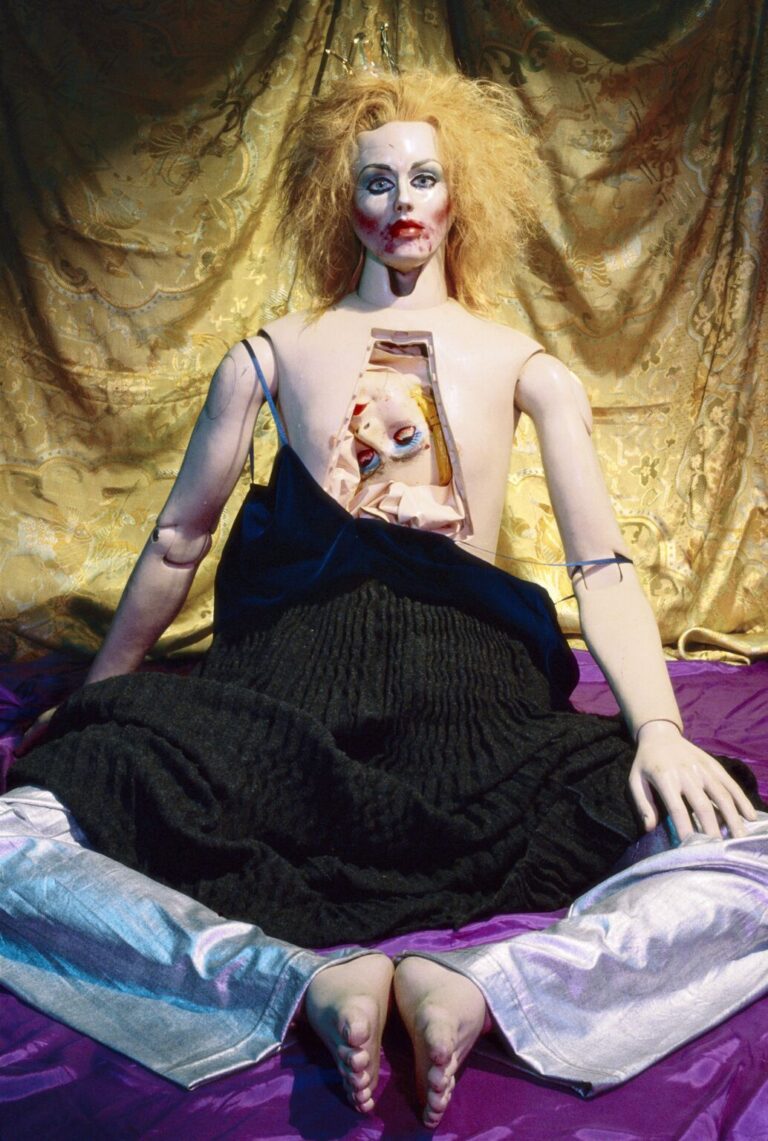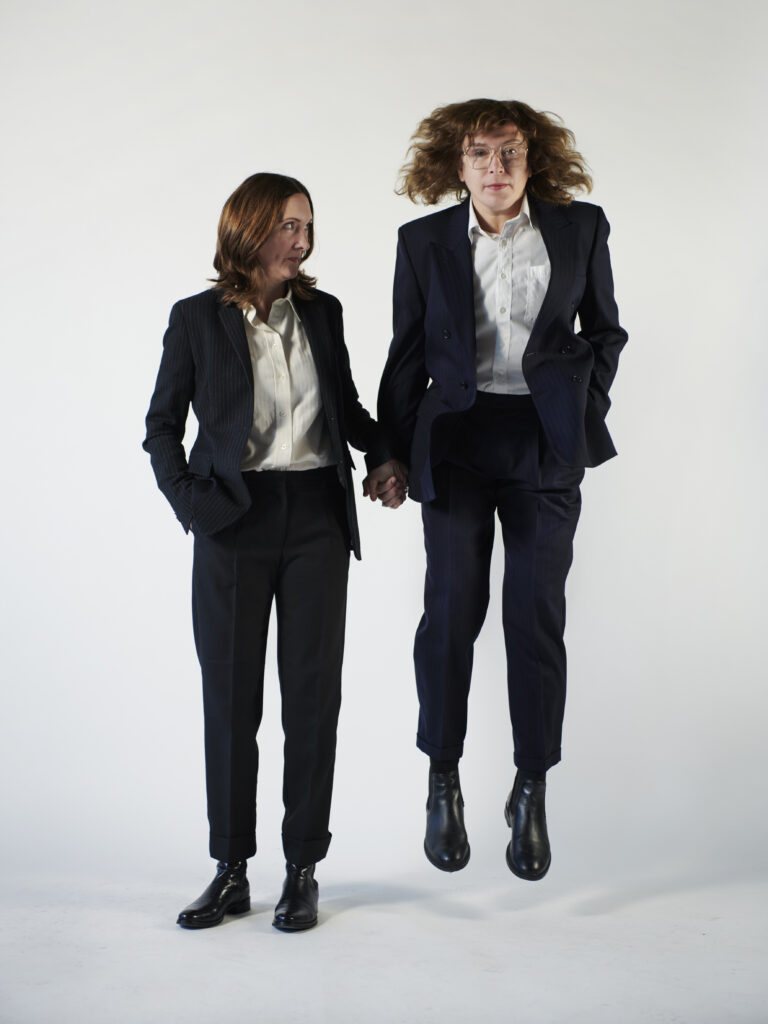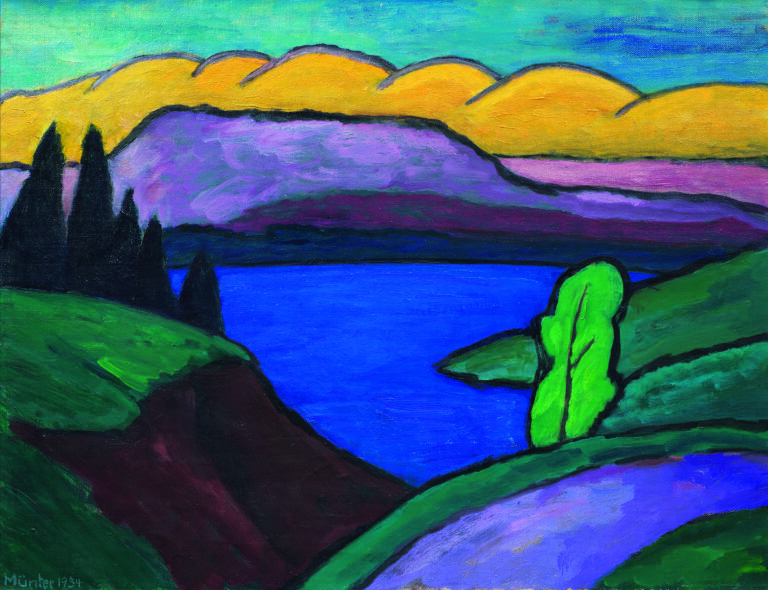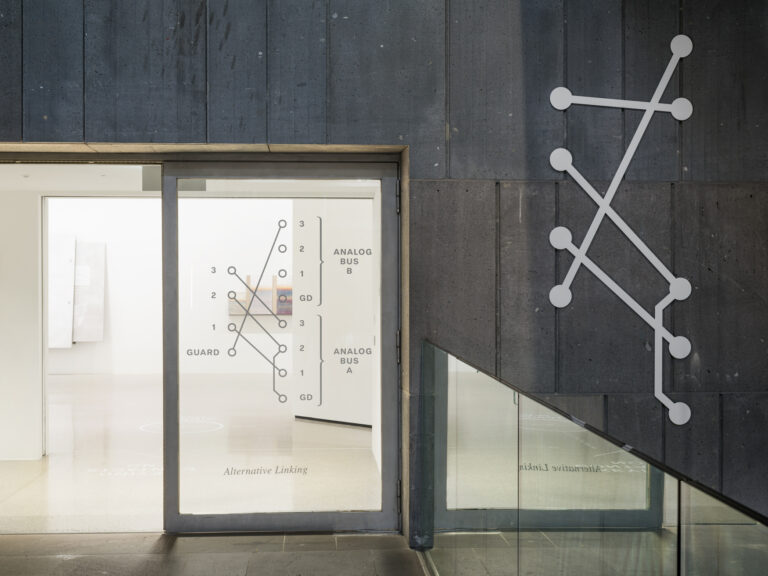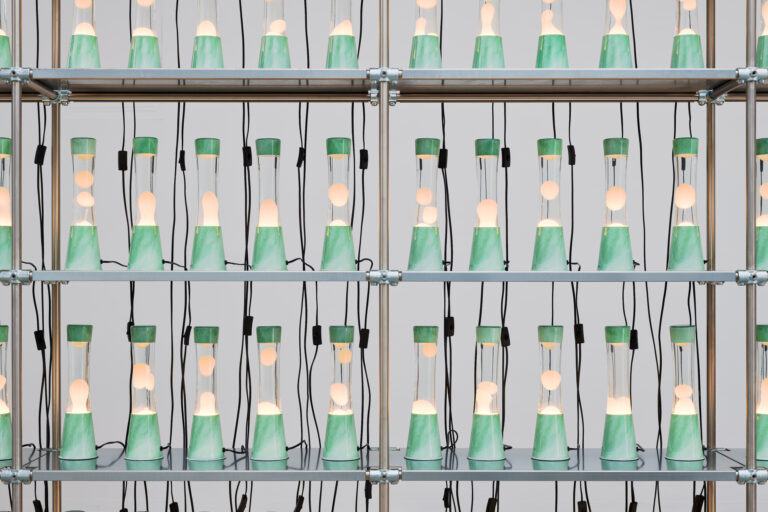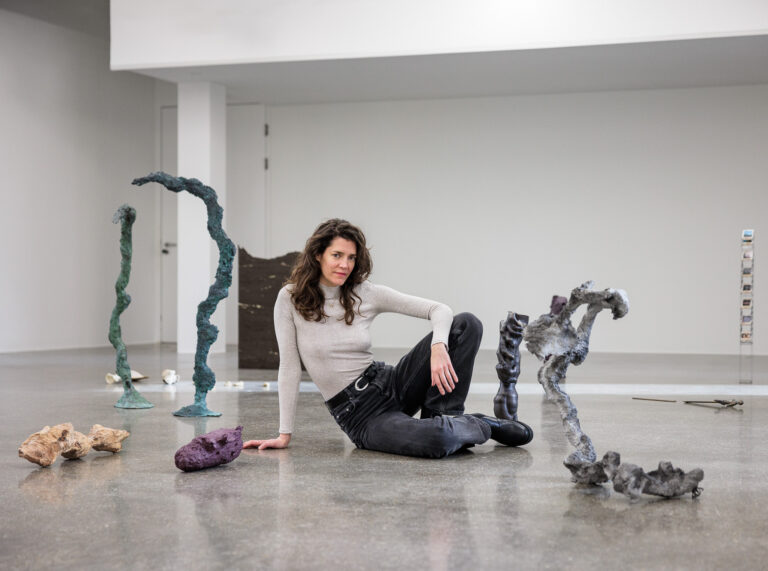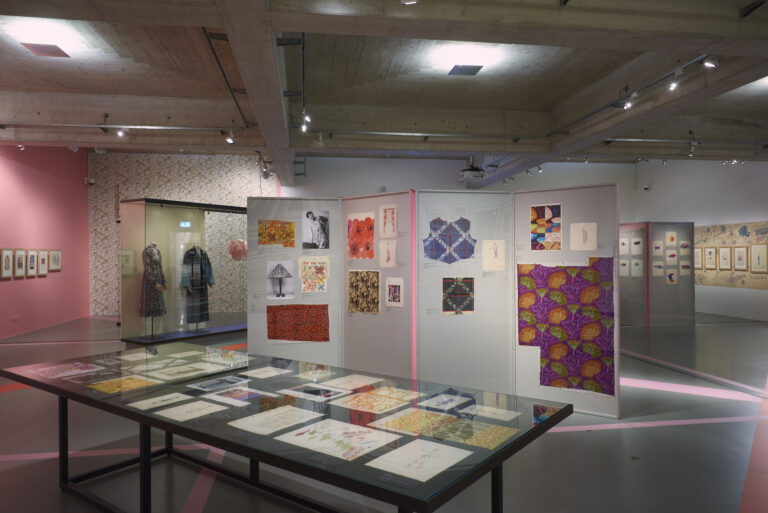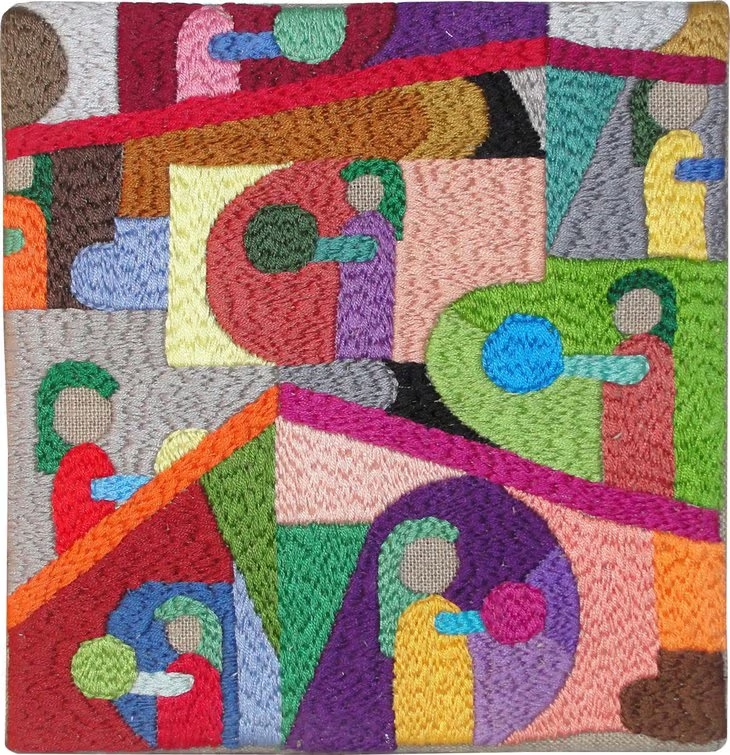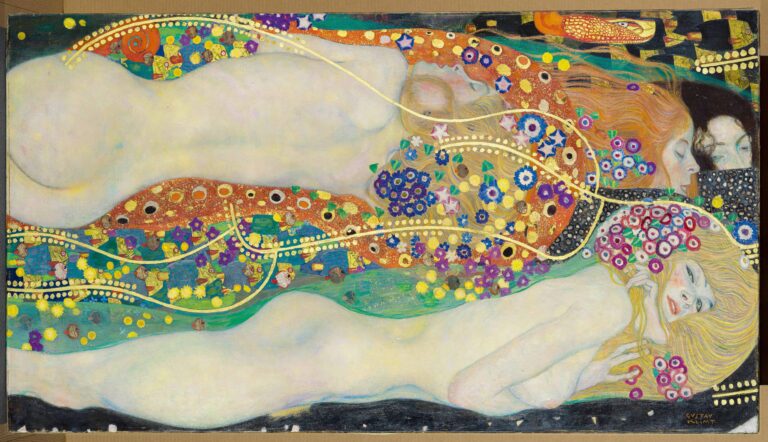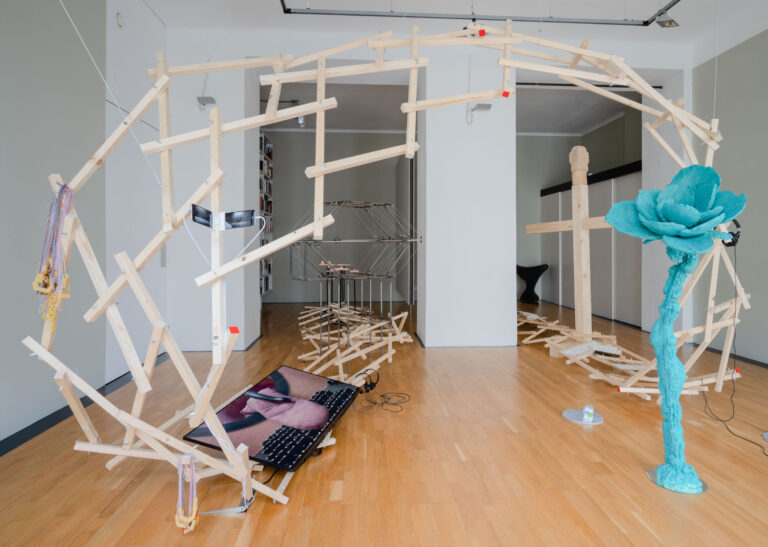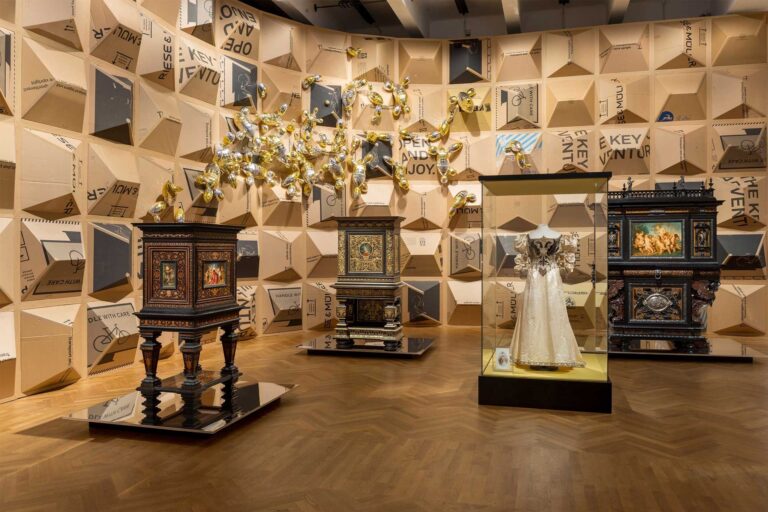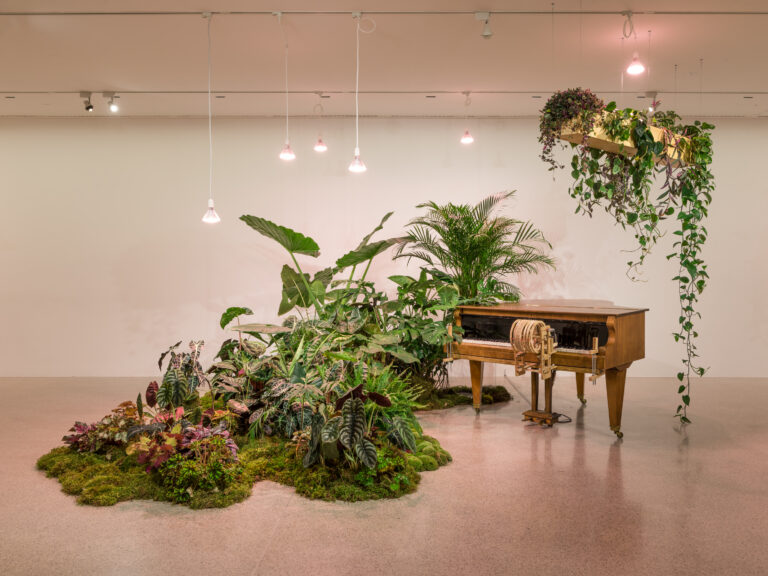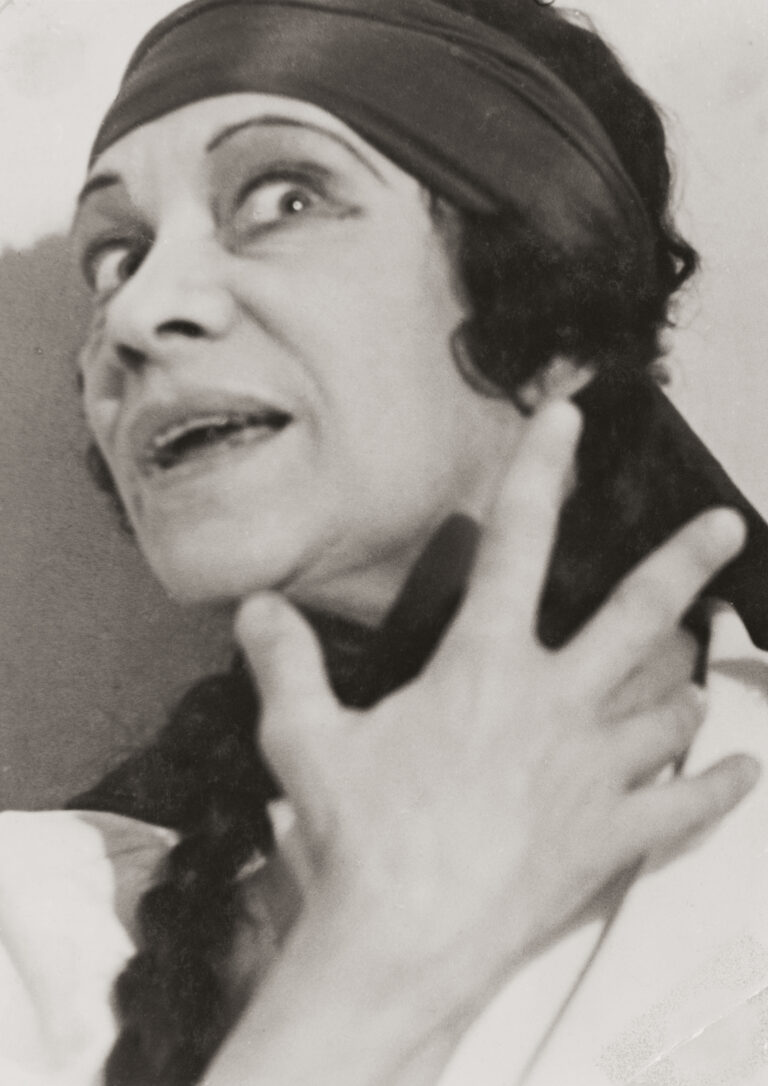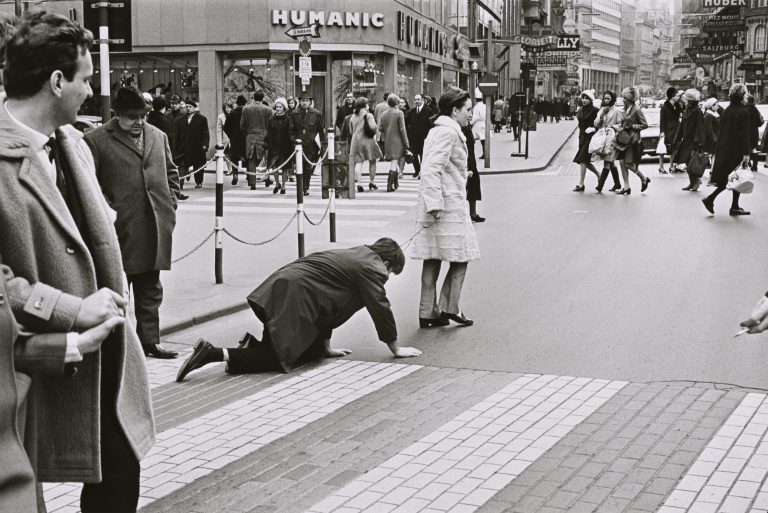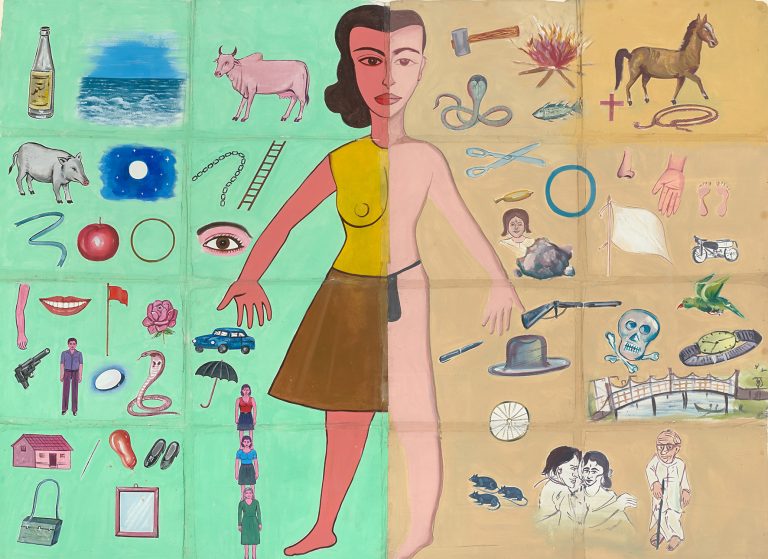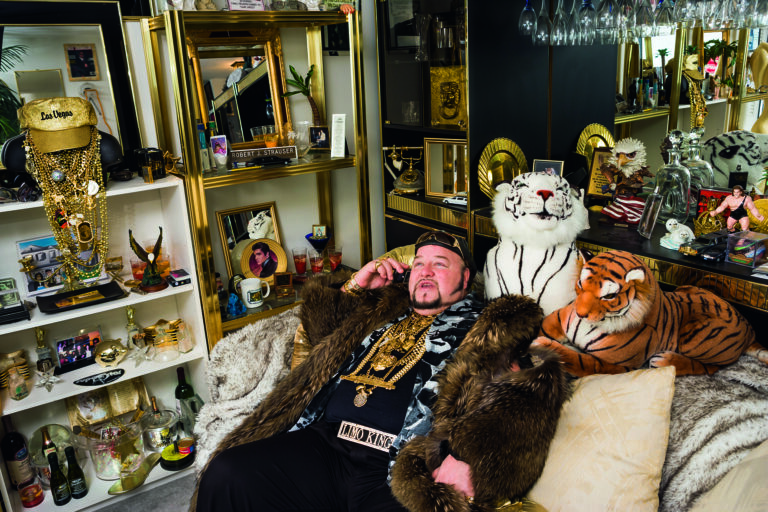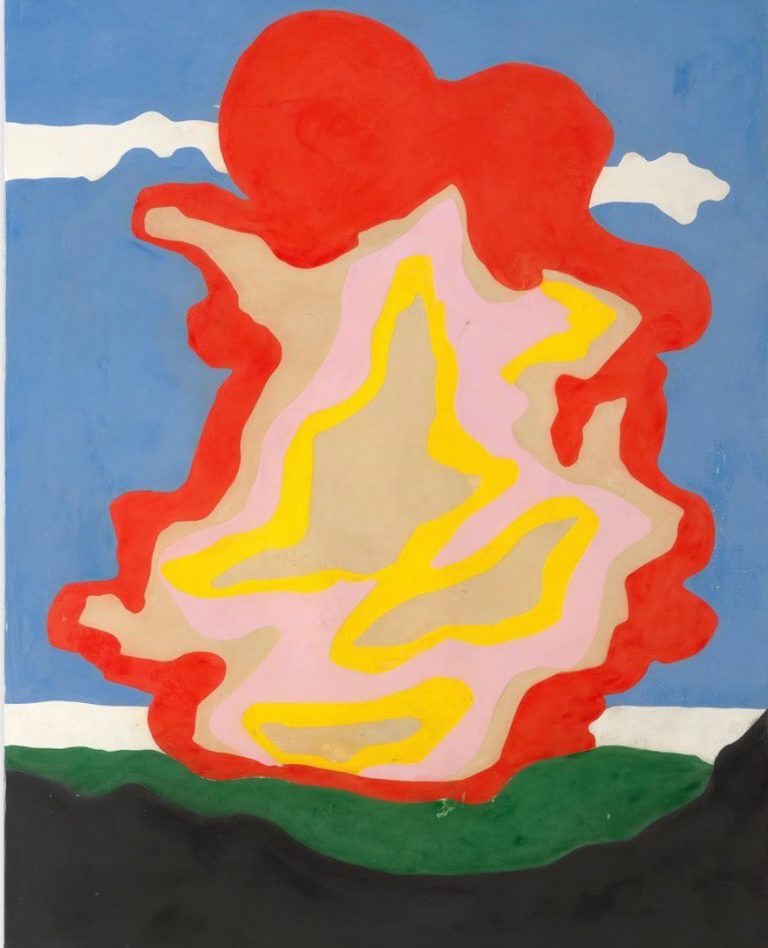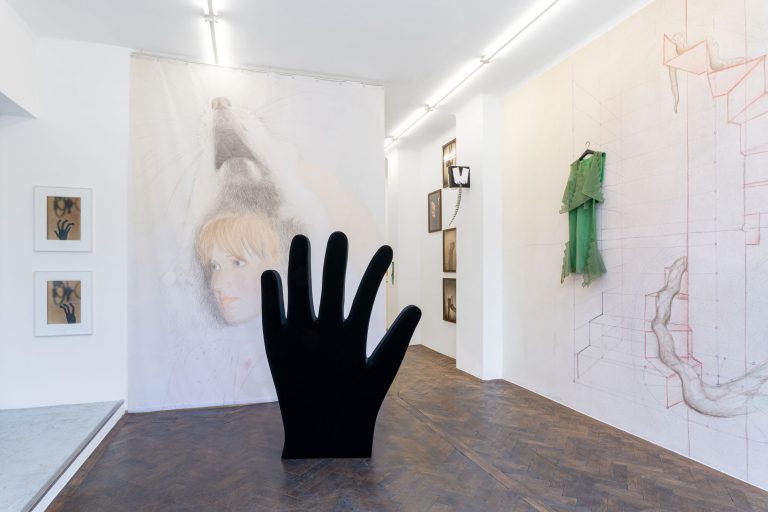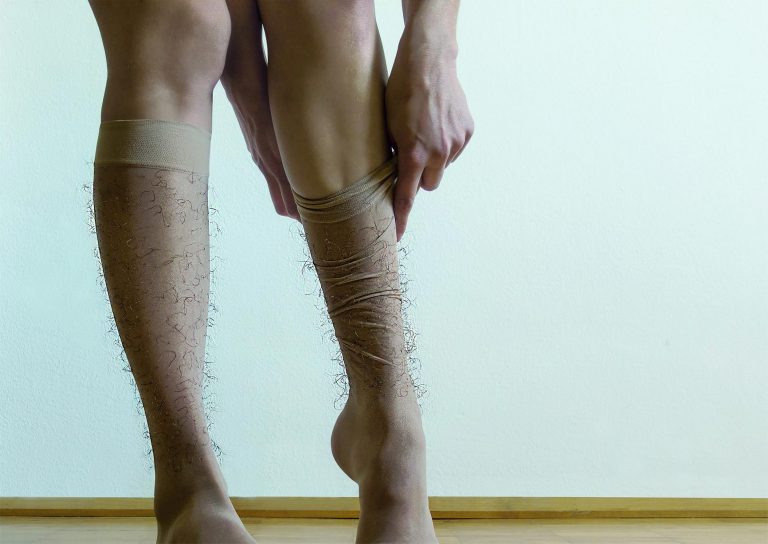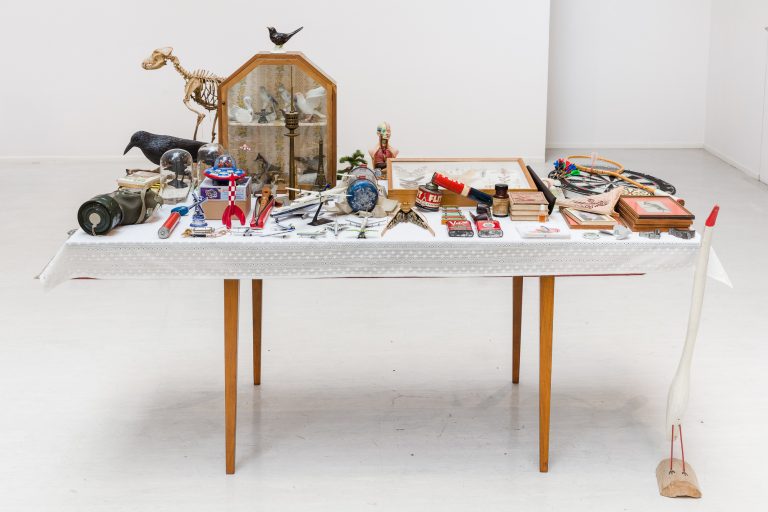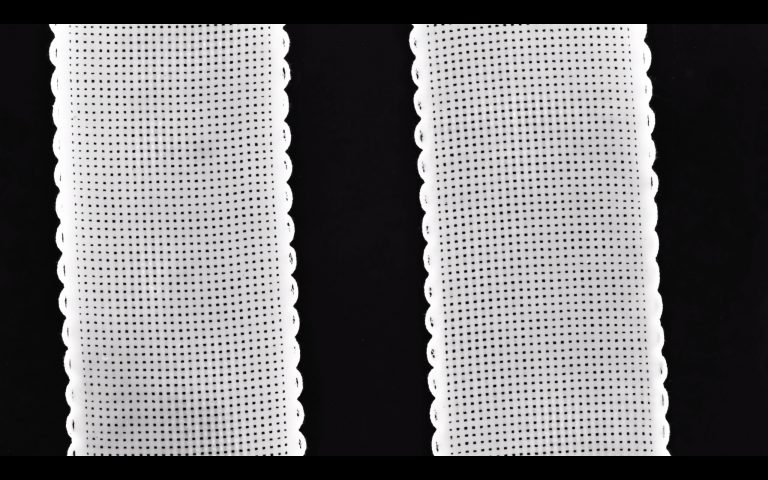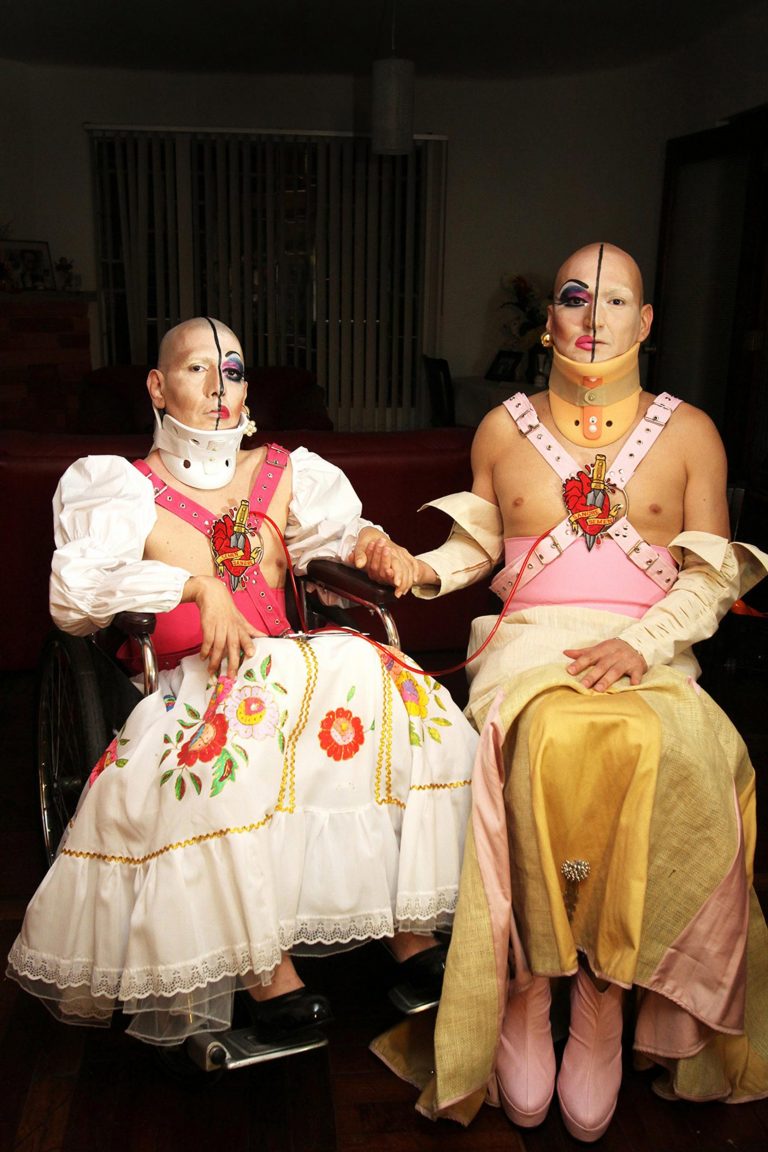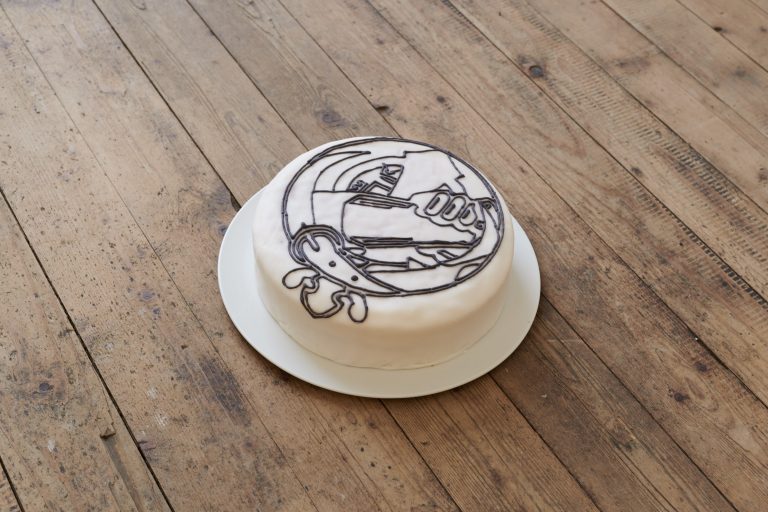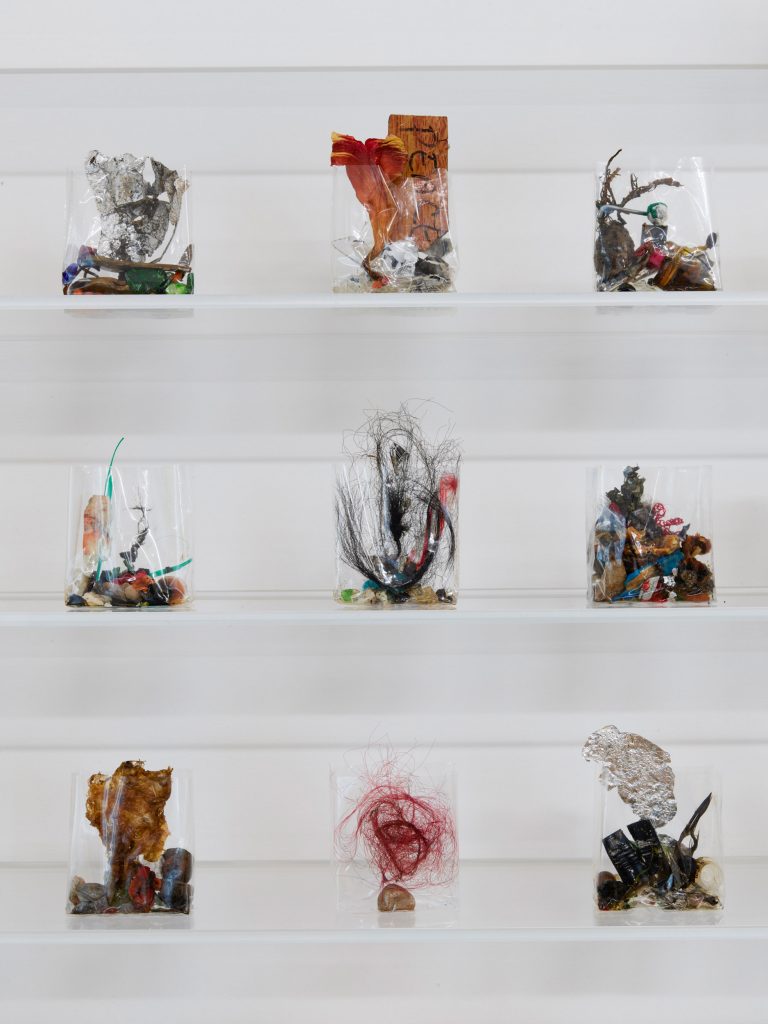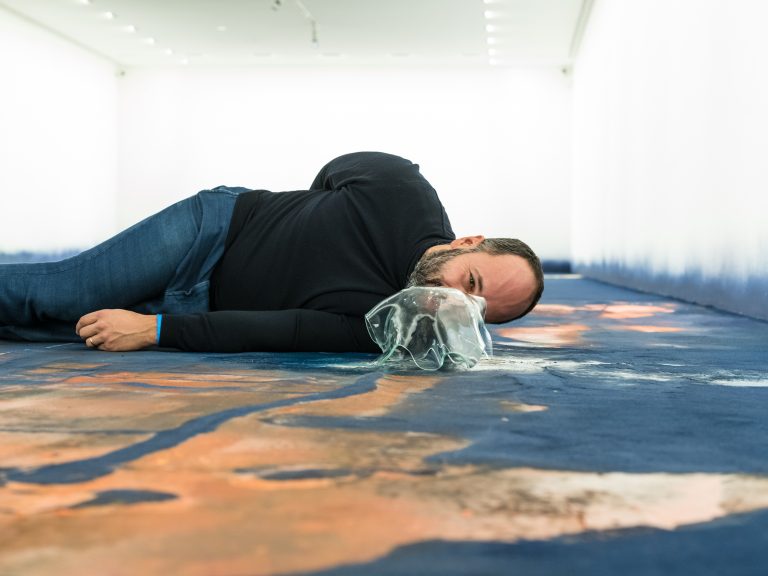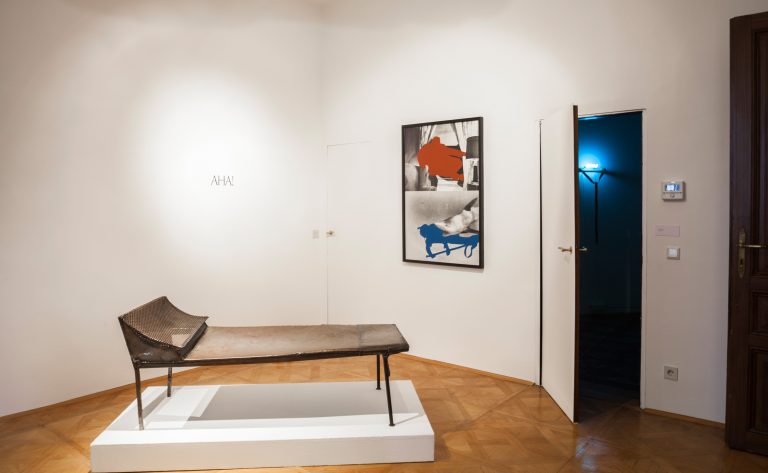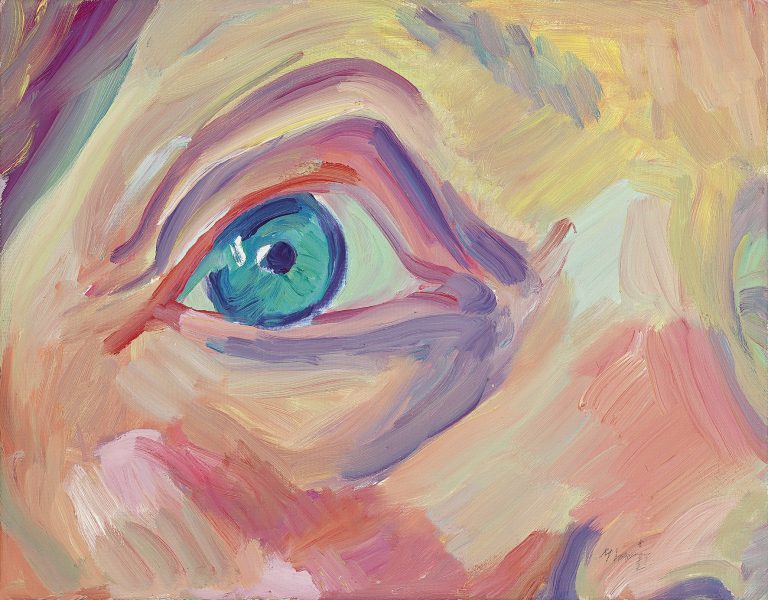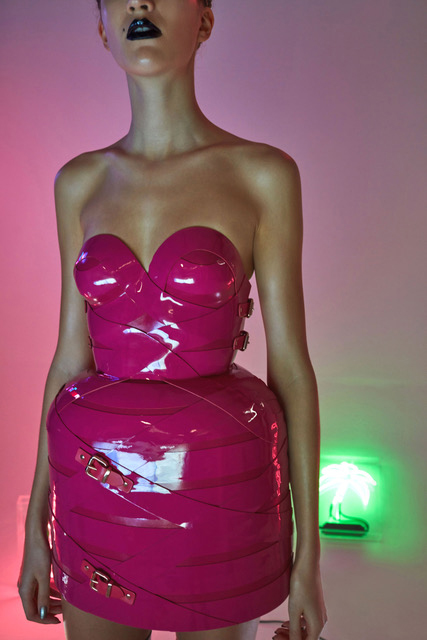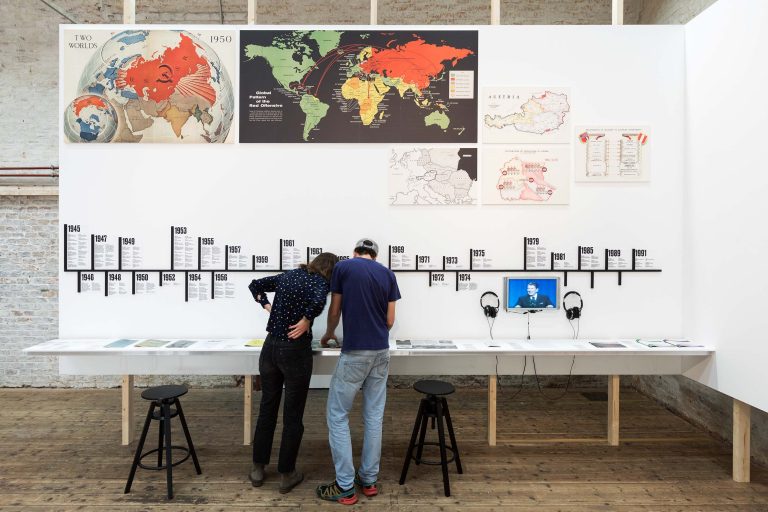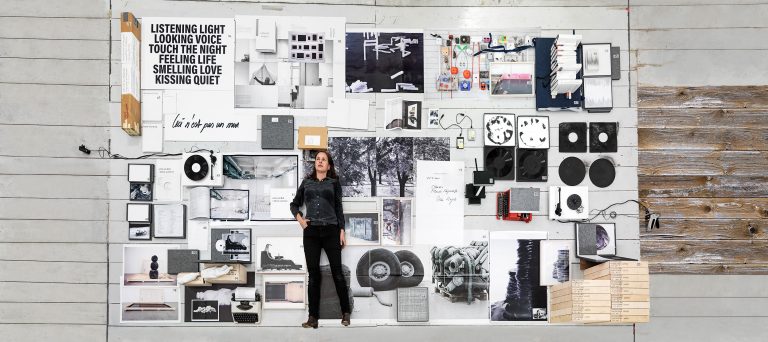A visit to the Dom Museum Vienna for the exhibition “Alles in Arbeit”
39 artistic positions at the Dom Museum Vienna shed light on what work was, is, and could be. Between wages, leisure, and protest. A text by Sabine B. Vogel.
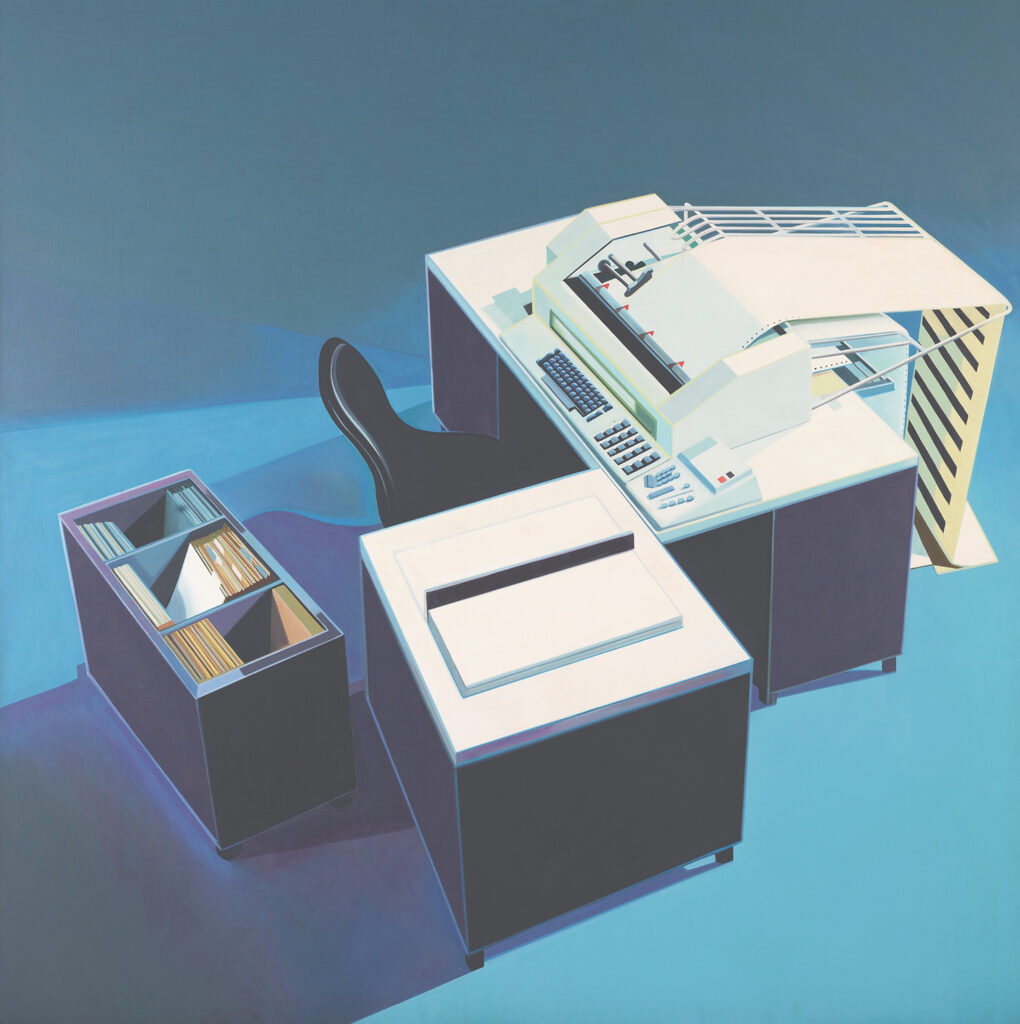
Lowell Nesbitt, IBM 6400, 1965. mumok – Museum moderner Kunst Stiftung Ludwig Wien, Leihgabe der Österreichischen Ludwig-Stiftung seit 1981, Lowell Nesbitt © Bildrecht, Wien 2025, Foto: mumok – Museum moderner Kunst Stiftung Ludwig Wien, Leihgabe der Österreichischen Ludwig-Stiftung
Hardly anything has accompanied the development of human society as intensively as the history of work. Originally closely linked to life, without hierarchies and wages, changes began with sedentarization. Work became more predictable, social classes emerged, wage labor was introduced, and later trade unions pushed for regulations. And work has always ensured social participation—until today? How, and above all who, defines work? These questions are the focus of the Dom Museum’s current themed exhibition “Alles in Arbeit”
Oliver Walker’s “One Pound” in the stairwell shows just how critical the focus on this issue is: six video sequences each last as long as a person has to work to earn one pound. The cotton pickers toil for 35 minutes, the CEO for just one second. Museum director Johanna Schwanberg, together with guest curator Vanessa Joan Müller, brings together a total of 39 artists under central keywords such as “appreciation and remuneration” or “leisure, idleness, protest.” The largest chapter is “Working Worlds in Pictures” – and also the most exciting.
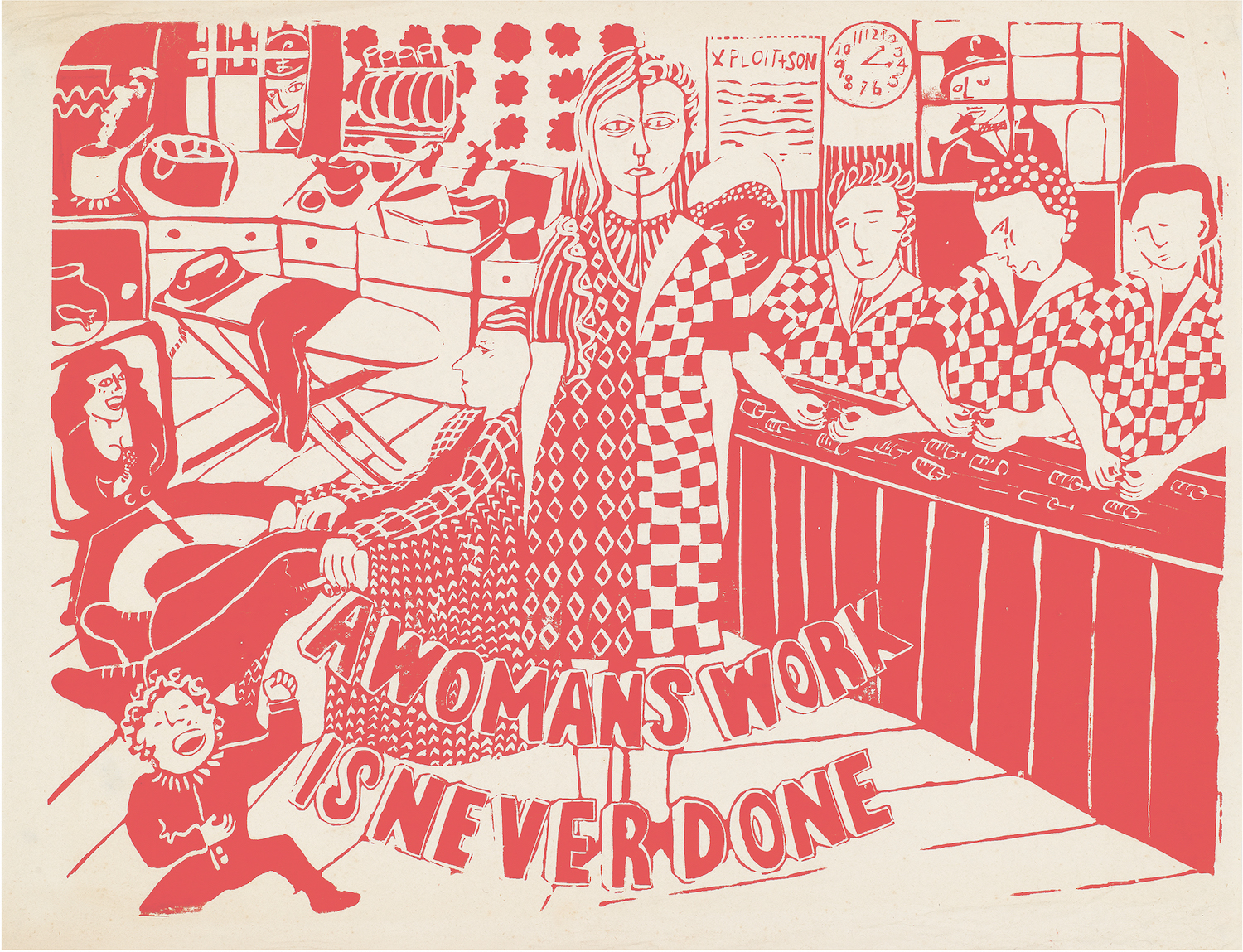
See Red Women's Workshop, A woman's work is never done, 1974. Courtesy See Red Women’s Workshop, © See Red Women's Workshop, Foto: © See Red Women's Workshop
Here, we can see the beginnings of this development, starting with the Thronberg Madonna (around 1320) as the ideal image of devoted motherhood. The “Maria mit Jesuskind“” from the mid-16th century hints at a gradual shift towards the division of labor: it is still the mother who cares for the child. But in the background, Joseph is hanging up the diapers. The main focus is on work in industrialization, when Käthe Kollwitz’s “Brustbild einer Arbeiterfrau mit blauem Tuch” from 1906 hints at the dreariness of life, or Lili Réthi’s intense lithograph “Hochofenarbeiter” from 1924, which shows the unvarnished reality of everyday working life with just a few strokes.
Criticism of colonialism is covered by Joiri Minaya’s contributions to the cliché of the “tropischen Paradieses” in Haiti, and Fabeha Monir’s photographs take us into the present day. Born in Bangladesh in 1987, she documents the working conditions of women in the textile sector of her homeland.
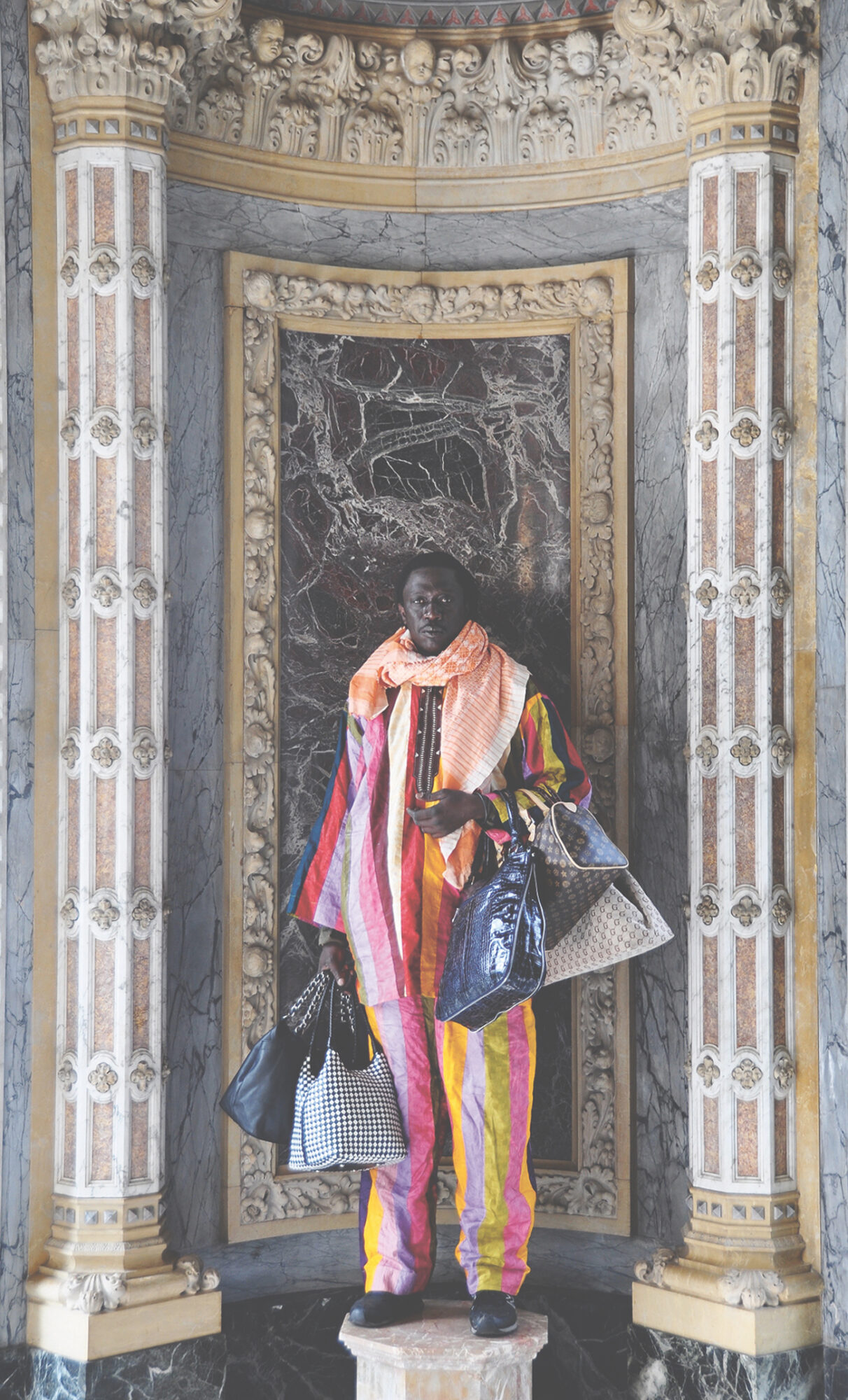
Kiluanji Kia Henda, The Merchant of Venice, 2010. Courtesy the Artist and Galleria Fonti, Naples, Courtesy the Artist and Galleria Fonti, Naples, Foto: Courtesy the Artist and Galleria Fonti, Naples
Thoroughly researched, Iris Andraschek adds another chapter to the question of who defines work with her installation in a narrow extra room at the back: on a wall painting covering the entire surface, created with soot pigments and commemorating the destruction of St. Stephen’s Cathedral in Vienna in 1945, wage books and daily reports from that time hang as evidence of the reconstruction. Salaries and working hours are listed accurately, but so are the compulsory labor duties of former members of the NSDAP.
And what does work look like today? Nana Mandl finds a fitting image for this in her textile collage: we read “work-life balance” amid the cheerful stuffed animal motifs floating freely—the contrast between this and the development since industrialization could hardly be more striking. However, “Alles in Arbeit” leaves out what work looks like in the age of AI. Artists have apparently not found any images for this—yet?
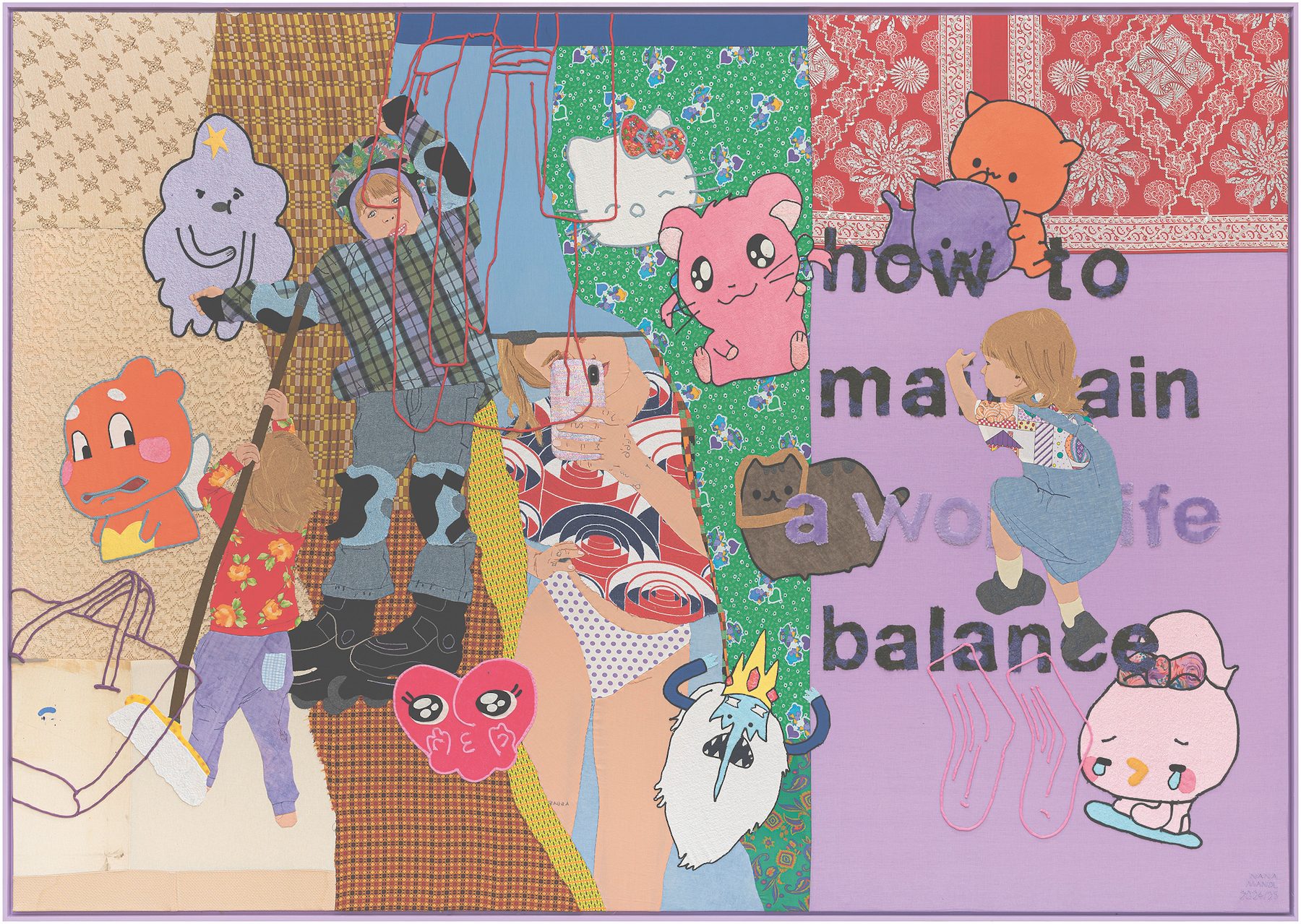
Nana Mandl, how to maintain (a work life) balance, 2024/25. STRABAG ART Collection, Wien / STRABAG ART Collection, Vienna, Nana Mandl © Bildrecht, Wien 2025, Foto: Nana Mandl
Dom Museum, “Alles in Arbeit”: 3.10.2025 – 30.8.2026
There will also be two tours of the exhibition as part of VIENNA ART WEEK:





